Figures & data
Figure 1 The anti-CEA-IL15, Fc-IL15, and anti-CEA-Fc fusion proteins.
Abbreviations: CEA, carcinoembryonic antigen; Fc (IgG1), fragment crystallizable (immunoglobulin G1); IL, interleukin; MW, molecular weight; OD, optical density; SP, signal peptide; SDS-PAGE, sodium dodecyl sulfate-polyacrylamide gel electrophoresis.
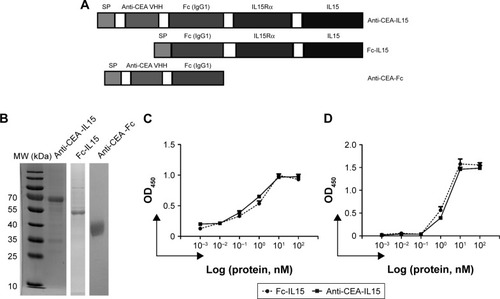
Figure 2 Anti-CEA-IL15 binds to CEA antigen.
Abbreviations: CEA, carcinoembryonic antigen; DAPI, 4′,6-diamidino-2-phenylindole; IL-15, interleukin-15.
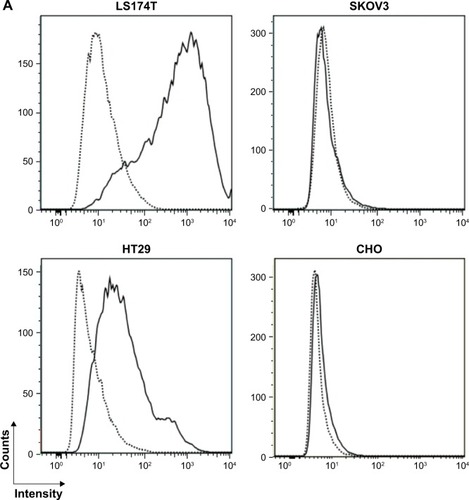
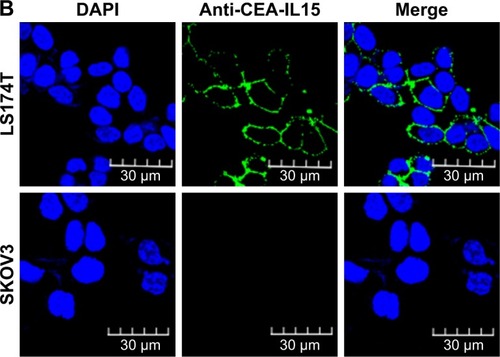
Figure 3 Anti-CEA-IL15 mediates potent cytotoxic activity against CEA-positive tumor cells.
Abbreviations: CEA, carcinoembryonic antigen; IL-15, interleukin-15; NK, natural killer; PBMC, peripheral blood mononuclear cell.
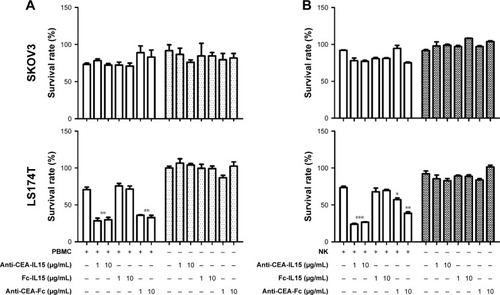
Figure 4 Anti-CEA-IL15 inhibits tumor growth in vivo.
Abbreviations: ANOVA, analysis of variance; CEA, carcinoembryonic antigen; IL-15, interleukin-15; NOD/SCID, nonobese diabetic-severe combined immunodeficiency disease; PBMC, peripheral blood mononuclear cell; SEM, standard error of the mean.
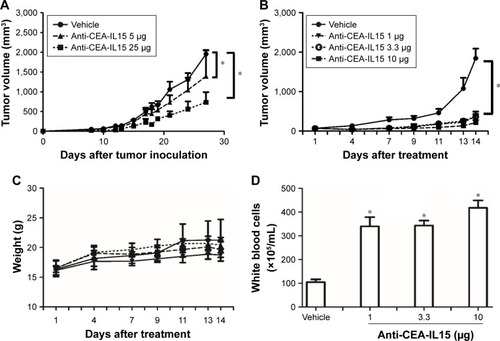
Figure 5 Anti-CEA-IL15 targets the tumor microenvironment and enhances the antitumor functions of IL-15.
Abbreviations: ANOVA, analysis of variance; CEA, carcinoembryonic antigen; IL-15, interleukin-15; SEM, standard error of the mean.

